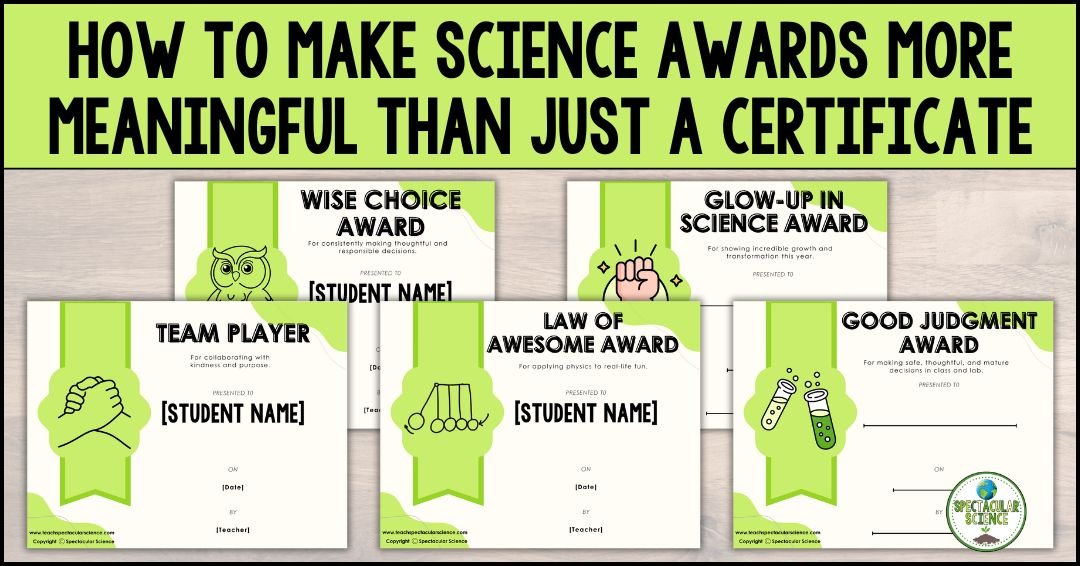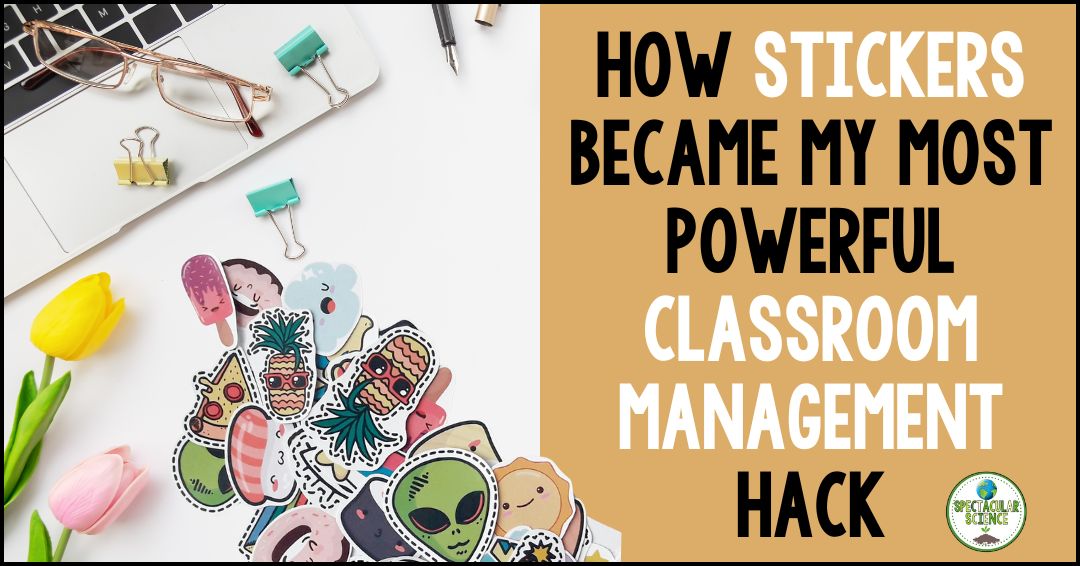
Every year I love when it’s time to use my solar system lesson plans. Whether teaching middle school or high school, the exploration of outer space and delving into solar system questions never fails to captivate both teachers and students alike. The sheer fascination surrounding this topic allows for diverse approaches that effectively engage students in the subject matter.

How to Boost Your Solar System Lesson Plans
As the time approaches for me to deliver lessons from this astronomy unit, I look for ways to boost my solar system lesson plans so that it remains an engaging and exciting topic in science class. Here are five tips for teaching about the solar system in middle school and high school.
1. Start with the basics
Begin by introducing the solar system as a whole and its essential components such as the sun, the eight planets, and the various dwarf planets, moons, asteroids, and comets. This 2-week solar system unit covers these basics and more. Students spend time investigating the characteristics of each planet, such as its size, distance from the sun, atmosphere, and composition. With a variety of visuals and interactive review questions, students can gain a better understanding of what are often just abstract concepts.
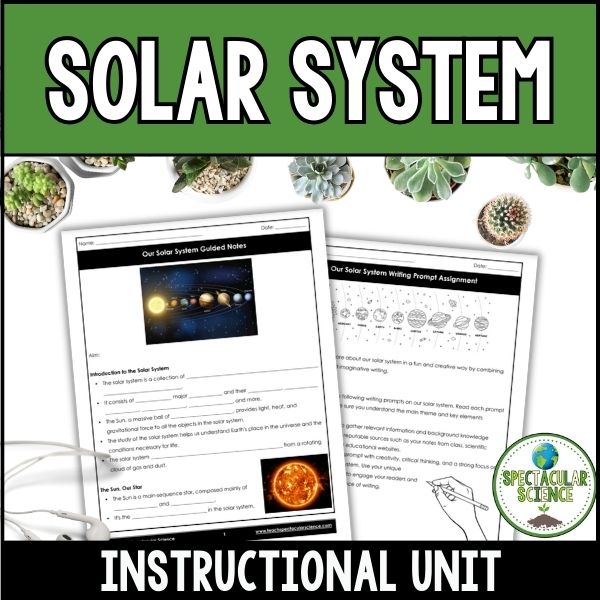
Another option to support learning is creating a word wall related to the solar system. Word walls are great because they provide a permanent model for high-frequency words as well as reference support for students during reading and writing activities. When paired with images and definitions, they enhance recall abilities. Plus, they help students see patterns and relationships in words, thus building phonics and spelling skills.
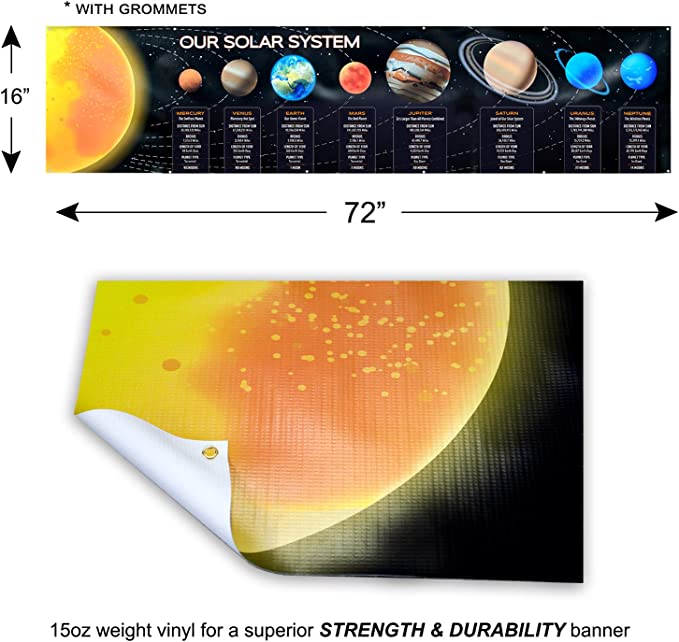


2. Make it interactive
Incorporating some experiential and interactive activities into your solar system lesson plans can improve students’ abilities to grasp the concepts.

Use visual aids such as models, videos, animations and interactive activities, such as creating a model of the solar system or a planetarium. One way to help students grasp interplanetary distances is to have them make a scale model of our planetary system. A Scale Model of the Solar System Lab (included in the solar system unit) introduces students to some of the problems that astronomers face in exploring our solar system and beyond.
Experiential learning often means field trips, which obviously is not possible in a unit about the solar system. What you need is a virtual field trip! Take a journey into space with this virtual field trip to the eight planets. With a variety of facts, visuals, and videos, students will be able to explore space without leaving the classroom!
Read this post for more ways to use virtual field trips in your science classes.

3. Focus on current discoveries
Maybe you’re like me and when you were younger there were 9 planets! Now there are 8. So one of the most amazing things is that there continue to be current discoveries and findings in the field of astronomy. There are new planets, asteroids, and comets, or advancements in space technology. Focusing on these can keep the subject matter fresh, relevant, and interesting for students.
Introduce students to what’s happening beyond our world through sites such as nasa.gov. There’s an events section on their homepage that features current and upcoming events that might be of interest. Plus, there are images of the day and even NASA LIVE events of spacewalks, launches, and other amazing things!
4. Encourage critical thinking
Incorporating open-ended questions that can stimulate discussion and debate is another way to encourage students to think critically. You might ask about the possibility of life on other planets or the ethical considerations of space exploration.
Here are three suggested articles that could form the basis for discussion about the ethics of space exploration:
- Eight ethical questions about exploring outer space that need answers
- Life on Mars: the ethics of space exploration – Speaking of STEM
- The Ethics of Sending Humans to Mars – Scientific American
Articles such as these encourage students to think critically about the solar system as well as human exploration and its implications.
5. Provide opportunities for research
Finally, in addition to encouraging critical thinking, a unit about the solar system or astronomy more broadly can provide opportunities for developing research skills.
Assign projects that require students to research and analyze specific topics related to the solar system, such as the history of space exploration or the effects of gravitational pull on planets and their moons.
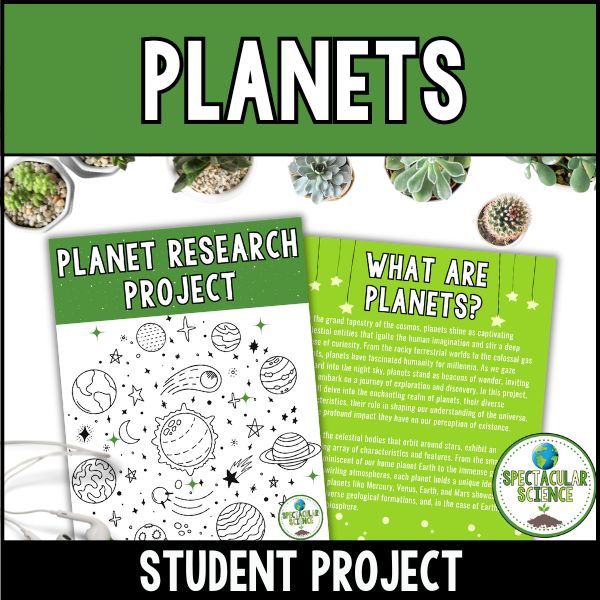
Check out this planet research project, which focuses on students becoming experts on a specific planet. This has been an absolute favorite in my classroom every year, as it allows students to exemplify their knowledge in a fun and creative manner. This assignment includes background information on planets, required tasks, and point values, making this a no-prep project for you!
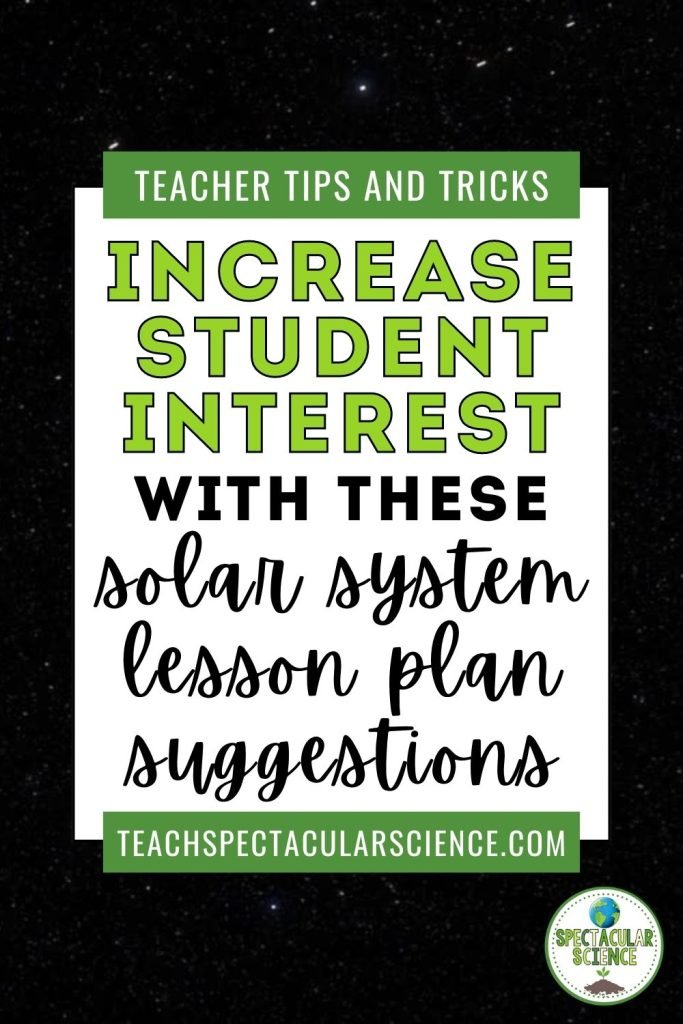
Final Takeaway
Overall, teaching about the solar system in middle school and high school can be a rewarding and exciting experience. With a variety of solar system lesson plans and even this astronomy unit bundle, you can provide students with a glimpse into the vastness and complexity of the universe while simultaneously developing key skills.
RELATED POSTS:
- OUTDOOR LEARNING ACTIVITIES AND BENEFITS FOR HIGH SCHOOL
- HOW TO MAP OUT YOUR EARTH AND SPACE SCIENCE CURRICULUM
- 10 QUICK AND SIMPLE TIPS FOR WRITING AN EFFECTIVE LESSON PLAN
This post contains affiliate links for Amazon. As an Amazon Associate, I earn from qualifying purchases. By purchasing an item on the Amazon site using these links, I will receive a small commission on your purchase. This commission does not affect the price of your item.















